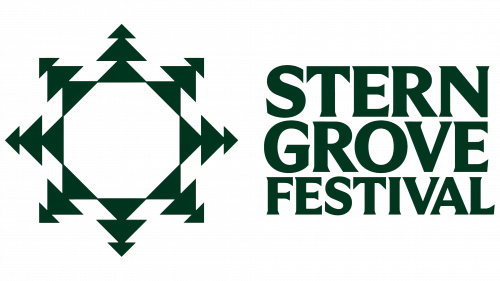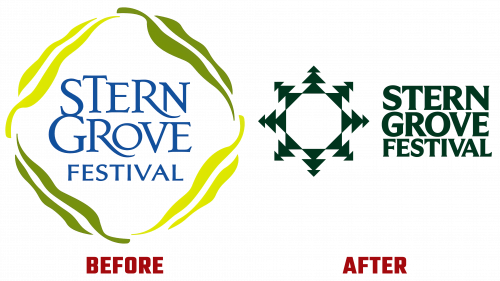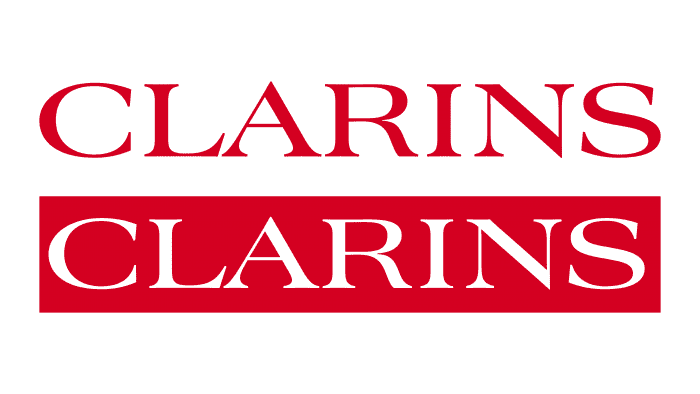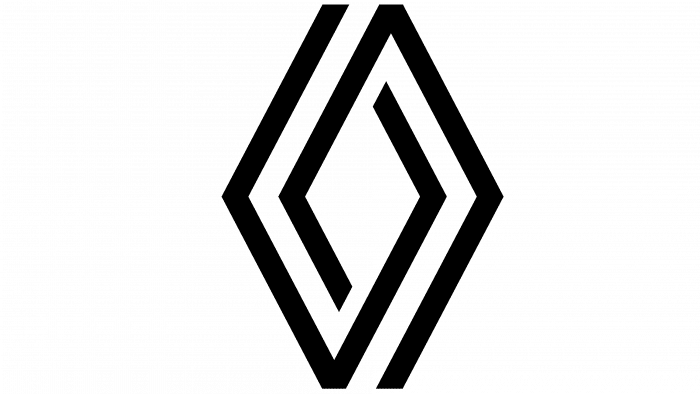San Francisco’s iconic Stern Grove Festival kicks off its 86th season with a revamped logo and brand identity. The goal is to give the festival a modern twist while preserving its deep heritage. Held annually for ten Sundays each summer, the festival is one of the largest and oldest of its kind, offering a variety of free performances in music, dance, and theater.
The new Stern Grove Festival logo is the result of a collaborative effort led by Mucho’s San Francisco office. It differs from the previous design, which was an abstract image of leaves symbolizing the eucalyptus trees that cover the festival’s natural amphitheater. For all its charm, the old logo was somewhat outdated, lacking the dynamism to reflect the eclectic and energizing atmosphere of the festival.
The new logo, designed in a minimalist style using triangular trees, gives a fresh look to the 33-acre wooded amphitheater where the festival takes place. This grove was originally purchased by Rosalie M. Stern in 1931, who then donated it to the City of San Francisco in honor of her late husband, Sigmund Stern. The typography utilizes the medina style of GT Ultra, and the typeface is densely layered to evoke the feeling of a large and engaged audience. The entire design is unified by a monochromatic green color scheme, emphasizing the festival’s connection to nature.
The updated logo is not only meant to refresh the visual identity but is also intended to be genre-neutral, allowing it to be used as an emblem for different types of performances. This strategy is part of a larger plan to take the Stern Grove Festival global and attract a younger demographic. However, in doing so, care is taken not to deprive the festival of its loyal, longtime audience, many of whom have been attending since its founding in 1938.
Four generations of the Stern family have actively participated in the festival since its inception, ensuring its continued popularity in San Francisco. The festival continues to be free of charge, in keeping with Rosalie Stern’s original vision of making art accessible to the general public.




